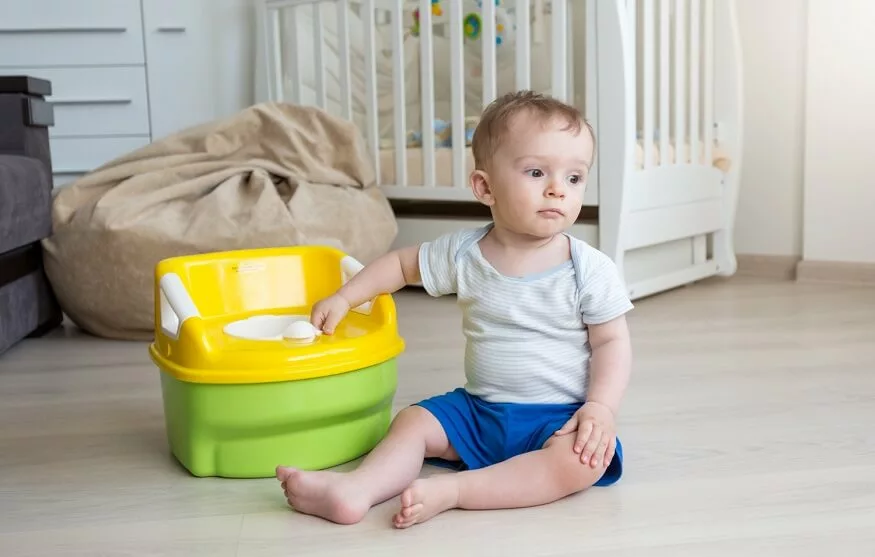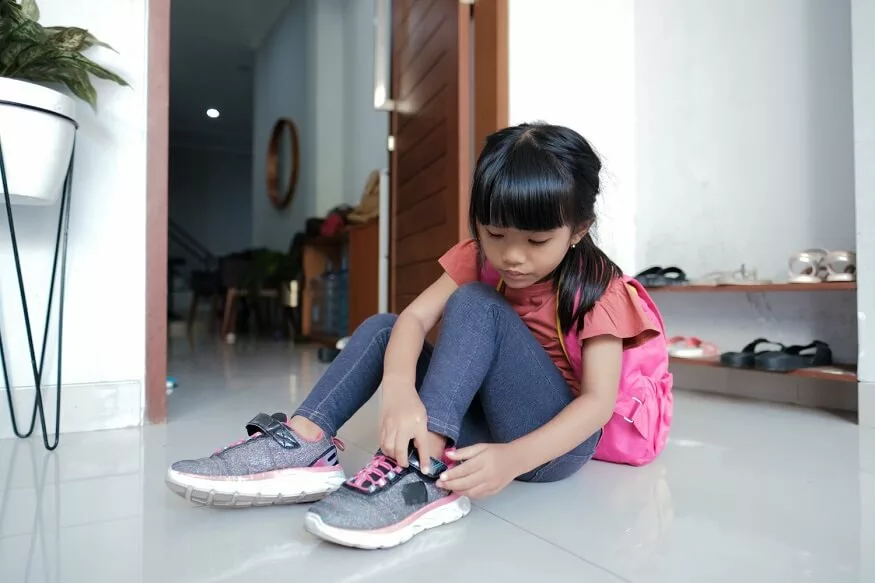Embarking on the journey of potty training your baby can be both exciting and challenging for parents. The thought of bidding farewell to diapers and witnessing your little one take a big step towards independence is undoubtedly heartwarming. However, the process of potty training requires patience, consistency, and a sprinkle of creativity to make it a smooth experience for both parents and the child. In this guide, we’ll explore step-by-step potty training tips, ensuring a fuss-free transition from nappies to the toilet for your little one.
Understanding the Basics of Potty Training
Navigating the basics of potty training in infants is a pivotal step for parents. Commencing around 18 months to 3 years, this developmental milestone involves introducing the concept of using the toilet for urination and defecation. It’s essential to discern signs of readiness, such as prolonged dry periods, interest in the toilet, and discomfort with dirty diapers. Ensuring a positive transition involves gentle explanations, encouragement, and fostering a routine that aligns with your infant’s natural rhythm. Understanding the basics sets the foundation for a seamless and gratifying potty training journey for both parents and their little ones.
Also Read: Sleep Regression in Infants – Signs, Causes and What to Do
At what age do most parents start potty training?
The age at which parents start potty training can vary widely, and there is no one-size-fits-all answer. Generally, potty training begins between 18 months and 3 years of age, but individual readiness is a more important factor than a specific age. Some signs that a child may be ready for potty training include:
- Interest in the Toilet: If a child shows curiosity about the toilet or expresses a desire to imitate older siblings or parents, it might be a sign of readiness.
- Extended Periods of Dryness: If a child’s nappies stay dry for longer periods, it could indicate an ability to control bladder function.
- Communication Skills: The ability to communicate basic needs, such as expressing discomfort with a wet or soiled diaper, is an important aspect of readiness.
- Physical Readiness: The physical ability to walk and pull down pants independently is crucial for successful potty training.
- Showing Independence: A child demonstrating a desire for independence and a willingness to cooperate with the process can be a positive sign.
It’s essential for parents to observe and understand their child’s cues and readiness rather than adhering strictly to a specific age range. Some children may show signs of readiness earlier, while others may need more time.
Also Read: Parenting tips on how to raise 0-5 Year Old Kids
Step-by-Step Potty Training Guide
Embarking on the journey of potty training is a significant milestone in your child’s development. The step-by-step potty training guide is designed to be your go-to resource, providing a comprehensive and humane roadmap for navigating this transformative period with your little one.
- Introduce the Concept Early: Start by introducing the idea of using the toilet early on. Let your baby become familiar with the bathroom environment and observe when you or older siblings use the toilet. This can create a natural curiosity about the process.
- Invest in a Toilet Training Set: A toilet training set can make the transition more appealing for your child. Choose a child-friendly potty or a toilet seat reducer to make the regular toilet less intimidating. Some sets come with engaging designs or characters that can capture your baby’s interest.
- Choose the Right Timing: Potty training is most effective when there is minimal stress and distractions. Pick a time when you and your child can focus on the process without interruptions. Weekends or holidays are often good choices, providing a relaxed atmosphere for learning.
- Explain the Process: Take the time to explain the potty training process to your child in simple terms. Use positive language and highlight the benefits of using the toilet like a big boy or girl. Encourage questions and make it a conversation rather than a directive.
- Create a Routine: Establishing a consistent routine helps your child understand when it’s time to use the toilet. Schedule bathroom breaks after meals, upon waking up, and before bedtime. Consistency is key to reinforcing the habit.
- Use Positive Reinforcement: Celebrate small victories with enthusiasm. Positive reinforcement, such as clapping, cheering, or offering a small reward, can motivate your child to continue using the potty. Make it an enjoyable experience.
- Be Patient and Understanding: Potty training is a significant milestone, but it comes with its fair share of accidents and setbacks. Be patient and understanding, avoiding punishment for accidents. Encourage your child to try again and reassure them that it’s okay.
- Model Behaviour: Children often learn by example. If possible, let your child observe you or older siblings using the toilet. This can demystify the process and make them more comfortable with the idea.
- Dress for Success: Choose clothing that is easy for your child to remove independently. This helps them feel more in control and lessens the frustration of getting to the toilet in time.
- Gradual Transition to the Big Toilet: As your child becomes more comfortable with the potty, gradually transition to using the regular toilet. A toilet seat reducer can make the process smoother, and having a step stool can aid in reaching the toilet easily.
- Bedtime Potty Training: Nighttime dryness may take longer to achieve. Limit fluids before bedtime and encourage your child to use the potty before going to sleep. Consider using training pants for added protection during the night.
- Celebrate Independence: As your child becomes proficient in using the toilet, celebrate their newfound independence. Acknowledge their accomplishment and make them feel proud of their achievements.
Also Read: What Happens to Your Body When You Sleep
Potty training is a significant developmental milestone that requires time, patience, and understanding. By following these step-by-step potty training tips, parents can navigate this journey with less fuss and more success. Remember, every child is unique, so it’s crucial to tailor the approach to your child’s needs and temperament. With positivity, encouragement, and a sprinkle of creativity, potty training can be a rewarding experience for both parents and their little ones.
For more blogs on babies, child and toddlers development, please read EuroSchool blogs.











